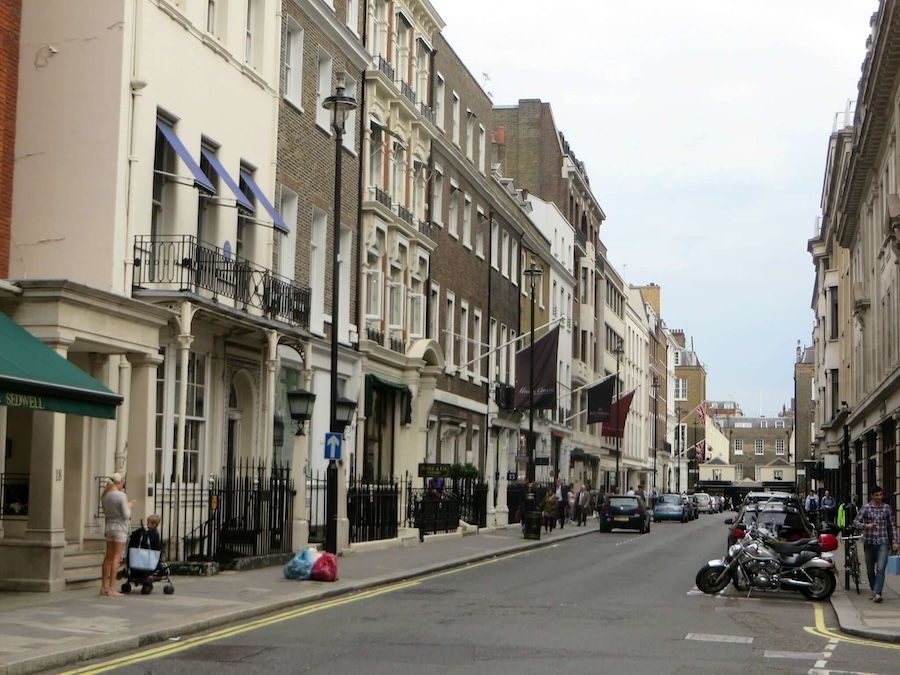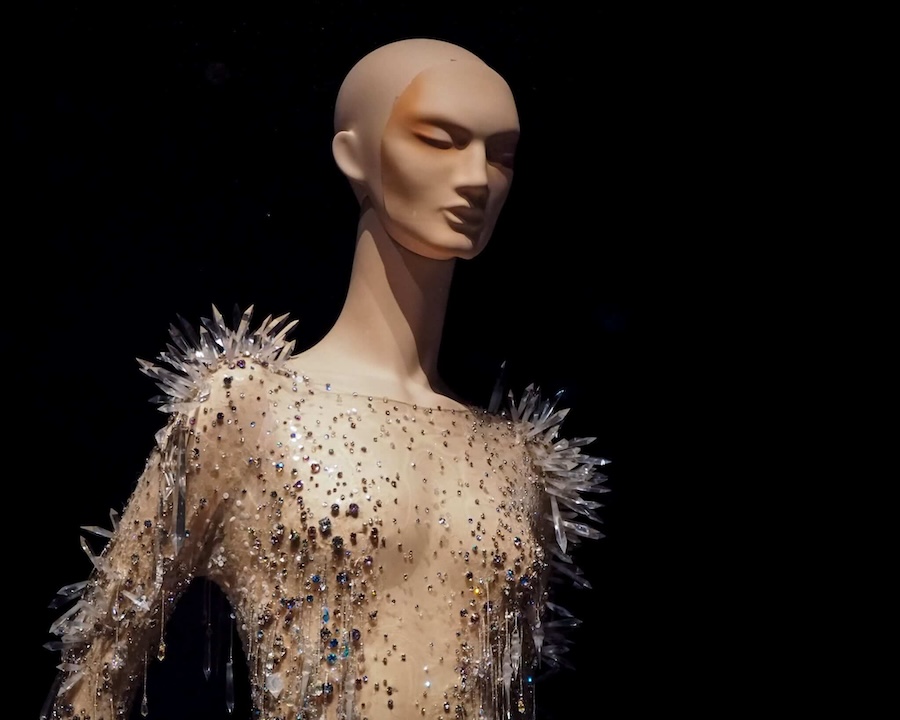· luxury · 5 min read
Savile Row's Timeless Craftsmanship
Discover the rich history and enduring allure of Savile Row, the London street synonymous with bespoke tailoring, where tradition meets innovation in the creation of the world's finest suits.

In the heart of London lies Savile Row, a street that has become a byword for the pinnacle of bespoke tailoring. For over two centuries, this iconic destination has been the epicenter of sartorial excellence, attracting royalty, celebrities, and discerning individuals seeking the perfect suit. Join us as we explore the art of bespoke tailoring on Savile Row, delving into its storied past, the meticulous craftsmanship, and how it continues to evolve in the modern era.
A Storied History: The Birthplace of Bespoke
The Origins of Savile Row
Savile Row’s journey to sartorial fame began in the late 18th century. Named after Lady Dorothy Savile, wife of the 3rd Earl of Burlington, the street was initially a residential area for the British aristocracy. It wasn’t until the early 19th century that tailors began to set up shop, attracted by the affluent clientele.
One of the earliest and most influential tailors was Henry Poole, who is often credited as the “Founder of Savile Row.” Established in 1806, Henry Poole & Co. gained prominence for crafting military uniforms during the Napoleonic Wars. Their reputation for excellence quickly spread, and soon, the tailor was dressing European royalty and nobility.
The Evolution of Bespoke Tailoring
The term “bespoke” originates from Savile Row, derived from the phrase “to be spoken for,” referring to cloth that was reserved for a particular customer. This bespoke process involved creating a garment entirely from scratch, tailored to the individual’s exact measurements and preferences—a stark contrast to the ready-to-wear options emerging during the Industrial Revolution.
Throughout the Victorian and Edwardian eras, Savile Row flourished, becoming synonymous with elegance and refinement. Tailors like Gieves & Hawkes, Huntsman, and Dege & Skinner established themselves as stalwarts of the street, each contributing to the evolution of men’s fashion with innovations such as the dinner jacket and the morning coat.
The Craftsmanship Behind a Bespoke Suit
The Consultation: Understanding the Client
The bespoke journey begins with a comprehensive consultation. The tailor seeks to understand the client’s lifestyle, personal style, and specific needs. This dialogue is crucial in selecting the appropriate fabric, cut, and design details that will culminate in a suit that is both aesthetically pleasing and functional.
Fabric Selection: The Foundation of Quality
Savile Row tailors offer an unparalleled selection of fabrics, ranging from luxurious wool and cashmere to silk blends and linens. Clients can choose from thousands of cloths, including exclusive patterns and weaves produced by prestigious mills. The quality of the fabric is paramount, as it significantly influences the drape, comfort, and longevity of the suit.
Measurements and Pattern Making
Precise measurements are the cornerstone of bespoke tailoring. A master cutter takes over 30 measurements, considering nuances such as posture, shoulder slope, and arm position. From these measurements, a unique paper pattern is drafted—a blueprint that is exclusive to the client and can be used for future commissions.
Handcrafting the Garment
The suit is meticulously handcrafted by skilled artisans, often involving over 50 hours of labor. Key elements include:
- Cutting: The cloth is carefully cut by hand, following the personal pattern to ensure a perfect fit.
- Sewing: Expert tailors hand-stitch the suit, paying attention to details like lapel roll, buttonholes, and pick stitching.
- Fitting Sessions: Multiple fittings (typically two or three) allow adjustments to refine the fit and style, ensuring the suit molds flawlessly to the client’s body.
The Final Masterpiece
The result is a suit that is a harmonious blend of comfort, style, and individuality. Every aspect, from the lining to the lapel width, reflects the client’s preferences, culminating in a garment that stands the test of time both in quality and design.
Savile Row in the Modern Era
Balancing Tradition and Innovation
While rooted in tradition, Savile Row has not been immune to the changing tides of fashion and consumer behavior. Contemporary tailors are integrating modern aesthetics and techniques, offering slimmer silhouettes and experimenting with unconventional fabrics. Houses like Richard James and Ozwald Boateng have infused fresh energy into the street, appealing to a younger, fashion-forward clientele.
Embracing Sustainability
Sustainability has become a significant focus in recent years. The bespoke model inherently promotes sustainable practices through its emphasis on quality and longevity. Tailors are sourcing ethically produced fabrics and adopting eco-friendly processes, aligning with the growing demand for responsible luxury.
The Challenge of Ready-to-Wear and Made-to-Measure
The rise of high-quality ready-to-wear and made-to-measure options presents a challenge to the bespoke industry. These alternatives offer faster turnaround times and lower costs. However, Savile Row tailors emphasize that bespoke is an experience—an art form—that cannot be replicated. The personalized service, attention to detail, and superior craftsmanship set bespoke apart in a league of its own.
The Enduring Allure of Savile Row
A Destination for Connoisseurs
Savile Row continues to attract those who appreciate the artistry of bespoke tailoring. It remains a destination for connoisseurs who value the intangible qualities of a garment crafted specifically for them. The street exudes an atmosphere of elegance and discretion, where relationships between tailors and clients often span generations.
Influence on Global Fashion
The impact of Savile Row extends beyond its geographic confines. Its standards of craftsmanship have set benchmarks globally, influencing designers and tailors worldwide. The Row’s commitment to excellence serves as an inspiration in an industry that increasingly values speed over substance.
Conclusion
Savile Row stands as a testament to the enduring appeal of bespoke tailoring—a fusion of tradition, craftsmanship, and personal expression. In a world of mass production, it offers a sanctuary where individuality is celebrated, and garments are crafted with unparalleled skill. As it navigates the complexities of the modern era, Savile Row remains a symbol of sartorial excellence, preserving the art of bespoke for future generations to appreciate and cherish.


